In the event of US intervention in the escalating conflict between Israel and Iran, one of the key objectives would be to disable or destroy the underground facilities where Iran enriches uranium. This task would likely be assigned to a small group of US Air Force strategic bombers capable of carrying a special type of penetrator: the GBU-57, or Massive Ordnance Penetrator (MOP).
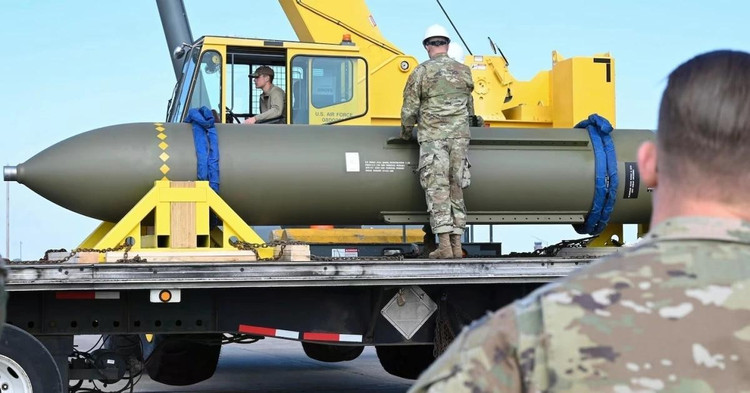
GBU-57 bunker-buster bomb at Whiteman Air Force Base in Missouri in 2023. Photo: US Air Force
Why MOP GBU-57?
As its name suggests, the MOP is specifically designed to attack deeply buried and heavily reinforced facilities such as bunkers and tunnels. As described by the US Air Force, its super-hard steel alloy structure and enormous weight allow the bomb to penetrate deep into the ground before detonating.
Despite being the heaviest conventional weapon in the US arsenal, the MOP is not designed to create a large-scale explosion, but instead to hit specific targets with great precision using GPS. According to experts, there are no public reports of the MOP ever being used in actual combat.
According to US defense officials, the MOP can penetrate up to 60 meters. Former US Army explosive ordnance disposal technician Trevor Ball said the actual capability of the bomb could be even higher due to improvements over the past 20 years.
Currently, only the US B-2 Spirit stealth bomber is capable of deploying the MOP. It flies at subsonic speeds, can refuel in the air, and has a huge range. During the Kosovo War in the late 1990s, B-2 pilots flew from Whiteman Air Force Base in Missouri, attacked their targets, and returned in a single trip. In 2017, two B-2s conducted a 34-hour mission to strike IS training camps in Libya.
Recent upgrades to the MOP include addressing “integration issues” with the B-2 and testing smart technology that can identify gaps within underground structures (like rooms or floors) to detonate at the optimal point. This is an important feature if the same target needs to be hit multiple times deep underground. However, it is unclear whether this technology has been put into service.
Potential targets
Iran’s deepest underground uranium enrichment facility, Fordow, is located in the desert southwest of Tehran. It is built entirely underground, inside a mountain. According to a 2012 report, UN inspectors documented a network of tunnels with thick walls, blast-proof doors and some areas protected by up to 90 meters of rock.
Although it has been declared to enrich uranium only to 20%, a report on May 31 by the International Atomic Energy Agency (IAEA) showed that Iran has significantly increased its production of enriched uranium to 60%, approaching the 90% threshold needed to make nuclear weapons.
But experts warn that even if the centrifuges at Fordow are destroyed, it will not mean the end of Iran’s nuclear program. Richard Nephew, the US’s chief nuclear negotiator under President Barack Obama, said there may be enrichment facilities or nuclear fuel stockpiles that the UN is not aware of.
“Even if Fordow disappeared tomorrow, we would still have serious concerns,” said Mr. Nephew.
Based on statements from both sides as well as photos and videos from the scene, Israel's initial strikes did not cause irreparable damage to Iran's nuclear facilities.
Israel reportedly struck near Fordow but did not directly hit the underground facility. Meanwhile, at Natanz, another major uranium enrichment center, the strikes destroyed several facilities and damaged the electrical system. IAEA Director General Rafael Grossi confirmed that the only above-ground uranium enrichment plant at Natanz, known as the Fuel Experimental Plant, had been completely destroyed.
Initially, satellite imagery analysts thought that underground machinery at Natanz had not been affected. However, the IAEA later said that analysis showed a “direct impact” on underground enrichment chambers there.
In addition, other targets attacked by Israel included a uranium metal production facility in Isfahan, a military complex in Parchin, a heavy water reactor in Arak and the Bushehr nuclear power plant.
The IAEA chief confirmed that the facility in Isfahan was attacked, but the Bushehr plant was not affected.
Source: https://khoahocdoisong.vn/vu-khi-thay-doi-cuc-dien-xung-dot-israel-iran-post1548964.html



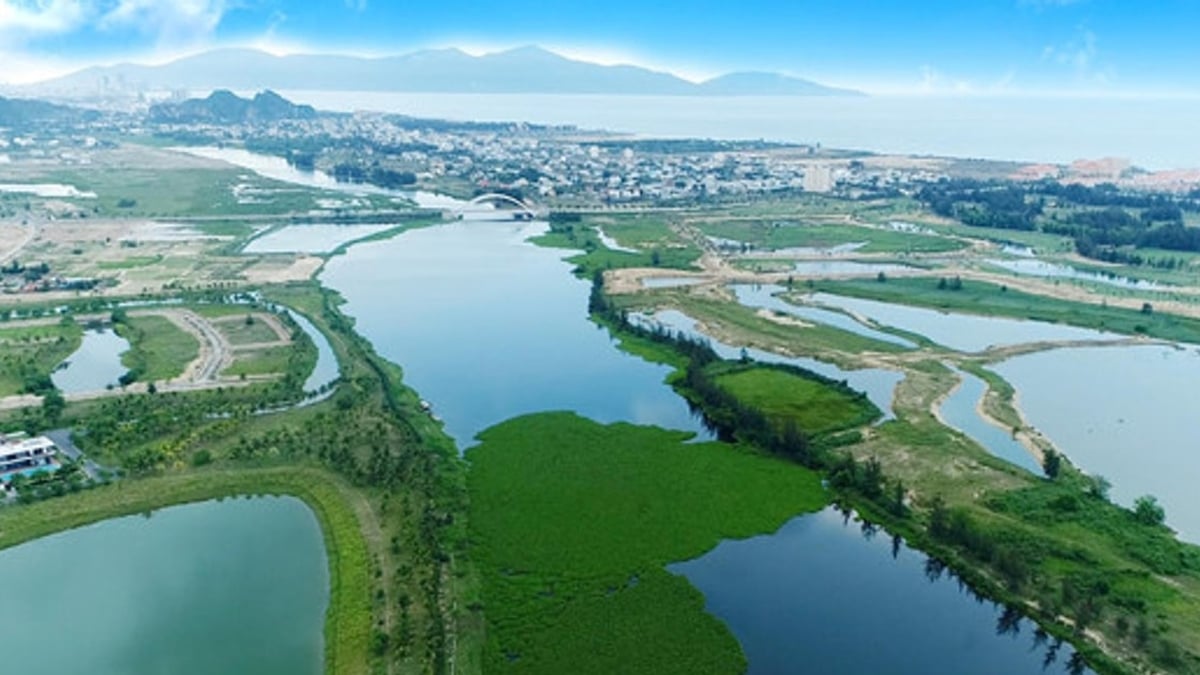
























































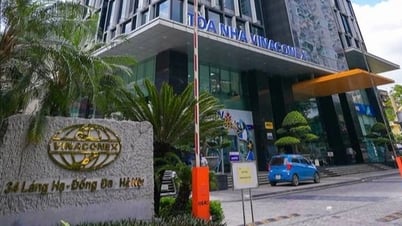



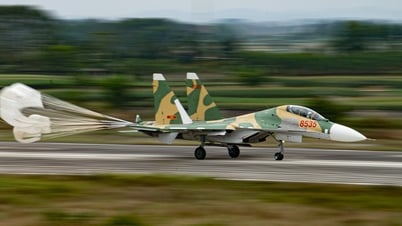







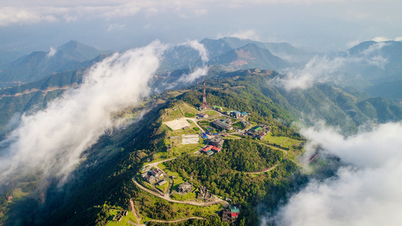

















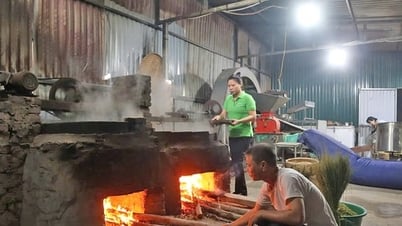







Comment (0)